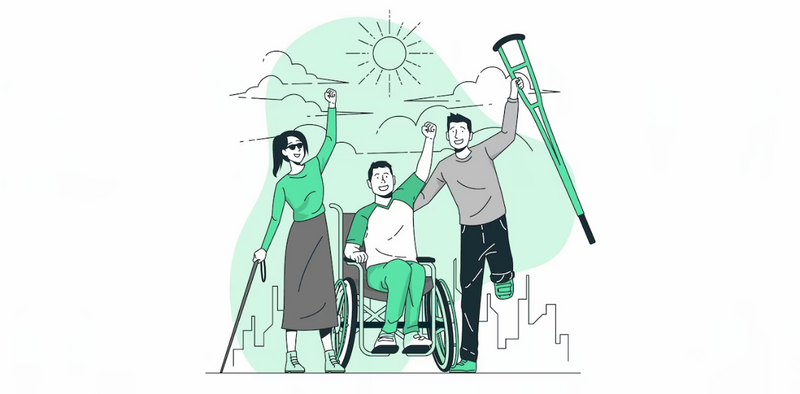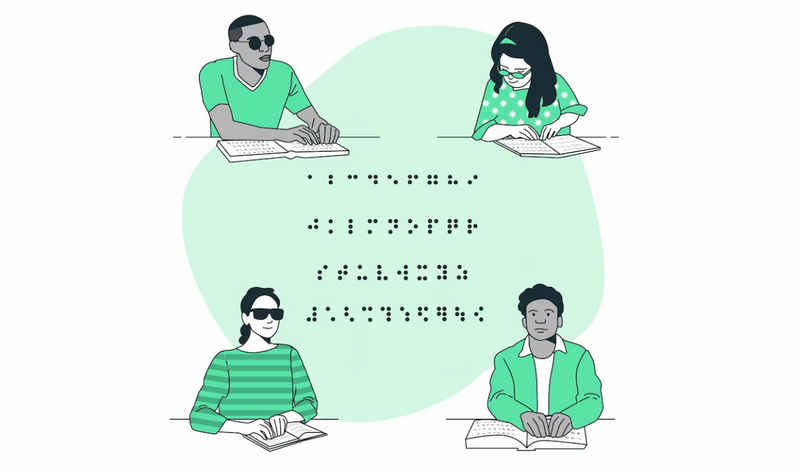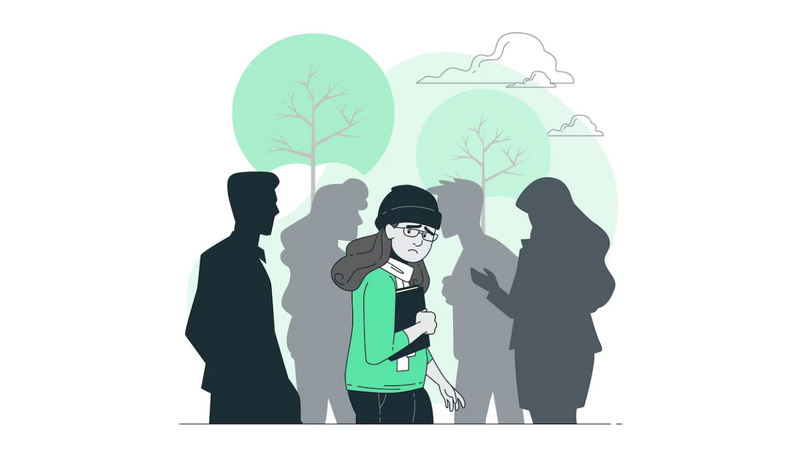 Image by storyset on Freepik
Image by storyset on Freepik
Have you ever wanted to be supportive to someone with a visual impairment, but you didn't know where to start or you were afraid of making a mistake?
Don't let a lack of knowledge, worries, and fears stop you from being supportive. Explore how you can help someone with a visual impairment, whether you're a parent or educator. 🙂
What does it mean to be visually impaired?
 Image by storyset on Freepik
Image by storyset on Freepik
As of 2020, the World Health Organization defines a person as visually impaired and blind if their visual acuity (VA) is less than 3/60 in the eye with the best vision.
A VA of 3/60 means that a person can see at 3 feet what a person without a visual impairment can see at 60 feet.
"Visually impaired" is a general umbrella term that includes people that are:
Partially sighted
Low vision
Legally blind
Totally blind
Note: Depending on the country, these terms differ. For example, the United Kingdom (UK) uses "severely sight impaired" instead of blind.
What challenges do the visually impaired face?
 Image by storyset on Freepik
Image by storyset on Freepik
A person with a vision impairment might have the following everyday challenges:
Inability to drive safely to family events, school, work, and more
Learning how to read braille and finding braille novels, books, or media
Difficulties manipulating objects,like replacing smoke detector batteries
Trouble recognizing familiar people from their face or voice alone
Reading important safety information on medication labels or street signs
 Image by storyset on Freepik
Image by storyset on Freepik
A learner with a vision impairment might struggle in-class with:
Eye fatigue when trying to focus and understand surroundings
Self acceptance in learning differentlythan peers
Sensitivity to light from fluorescent room lighting causing eye-strain
Bumping into things, such as other classmates, desks, trashcans, and bags
Not being able to see distant objects, such as board notes, classmates, and videos
What other issues might the visually impaired experience?
 Image by storyset on Freepik
Image by storyset on Freepik
Learners with vision impairments are more likely to experience:
Low self esteem from not sharing visual experiences with sighted peers
Lack of motivation to learn in class, socialize, or try new things
Bullying from others that do not understand their challenges
Isolation from social situations to avoid negative comments
 Image by storyset on Freepik
Image by storyset on Freepik
The emotional impact of feeling worthless, lonely, and worried about not being good enough as a learner with a visual impairment can lead to:
dropping out of school
unemployment during adulthood
self isolation from society
Wherever possible, it's critical to show your support by making the best referrals to prevent your learner from future setbacks.
How do you support learners with a vision impairment?
 Image by storyset on Freepik
Image by storyset on Freepik
If you're a teacher, be supportive in-class and:
Use clear auditory instruction and large-print materials
Allow verbal answersduring exams and quizzes
Provide recorded lessons, if possible
Verbalize students' preferred names to get attention
Give breaks in between activities to avoid fatigue
Directly talk to learners, not their companions
Keep walkways open to avoid falls
Don't leave them out of group work
Don't lower expectations of what they can or can't do
 Image by storyset on Freepik
Image by storyset on Freepik
If you're a parent or legal guardian, be supportive at-home by:
Providing clear auditory communication, verbally or recorded
Stay updated with medical appointments
Making home changesto fit specific needs
Adapting household chores by age
Treating the learner the same as their seeing peers or siblings
Using clocks that makes a sound at every hour
Seeking support groups and resourcesto build community
Quiz
Anjuri (she/they) just transferred to class from India. They're squinting and having trouble with following along on the class worksheet because they're visually impaired. As a teacher, what are some ways to support this student?
Take Action
 Image by storyset on Freepik
Image by storyset on Freepik
Become the best supporter:
Your feedback matters to us.
This Byte helped me better understand the topic.
